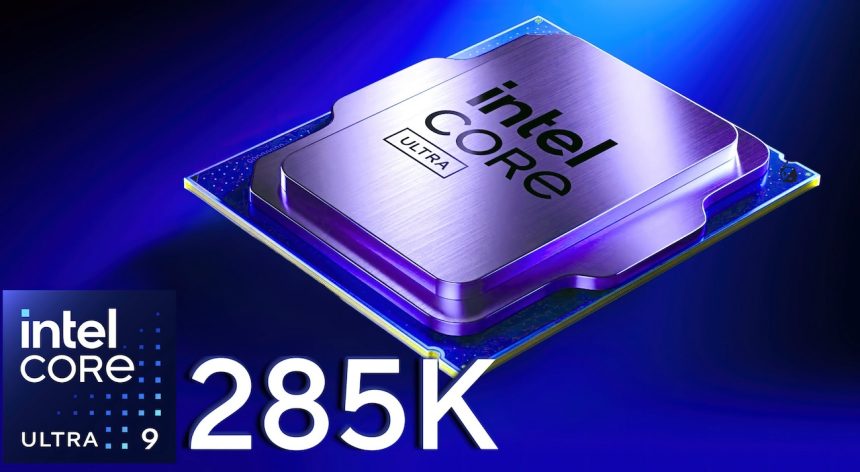Intel Core Ultra 285K: Faster and More Energy-Efficient
Intel's forthcoming Core Ultra 9 285K “Arrow Lake” processor has already established itself as the new benchmark champion, outperforming the best current chips from Intel and AMD.

Intel's forthcoming Core Ultra 9 285K “Arrow Lake” processor has already established itself as the new benchmark champion, outperforming the best current chips from Intel and AMD.

